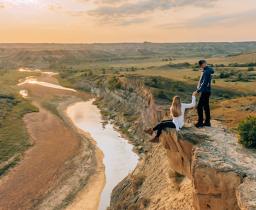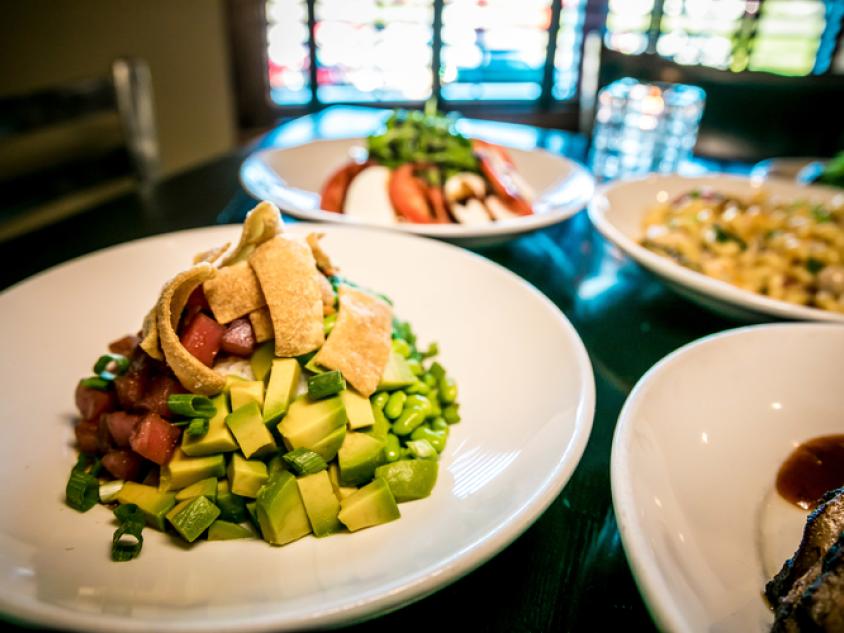Pardon our forwardness, but we think North Dakota should be on everyone’s bucket list. So we’ve created this awesome list to help us recommend what to add to your legendary bucket-list. Select the dot to indicate your interest and arrow forward to see more options, and let the endless ideas inspire you.
Hello!
Spring and summer are wonderful times to explore North Dakota, as the weather is generally pleasant, and nature comes alive with vibrant colors and outdoor activities. Experience the beauty of Theodore Roosevelt National Park, explore our charming cities and towns. North Dakota has plenty of outdoor adventures including hiking, kayaking, golfing and so much more!
Explore North Dakota
If you're looking for specific locations, types of places, please use the legend below to check/uncheck your preferences to appear on the map.
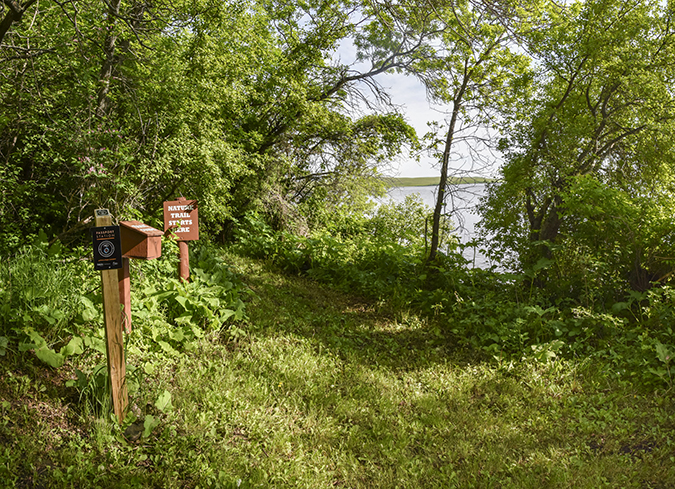
Comprising 283 acres, the park provides modern and primitive camping and 3 camping cabins close to the lake. Visitors will find an amphitheater, picnic shelters, playground, modern comfort stations with showers and miles of hiking and biking trails.
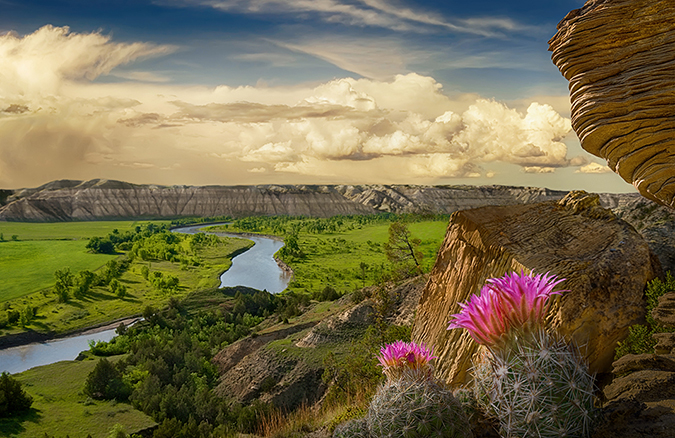
Set in the colorful canyons of the western North Dakota Badlands this national park's trails and drives take you to scenic vistas with stunning views of the Painted Canyon and the Little Missouri River, a petrified forest and open range populated by bison, horses, elk, prairie dogs, and other wildlife.
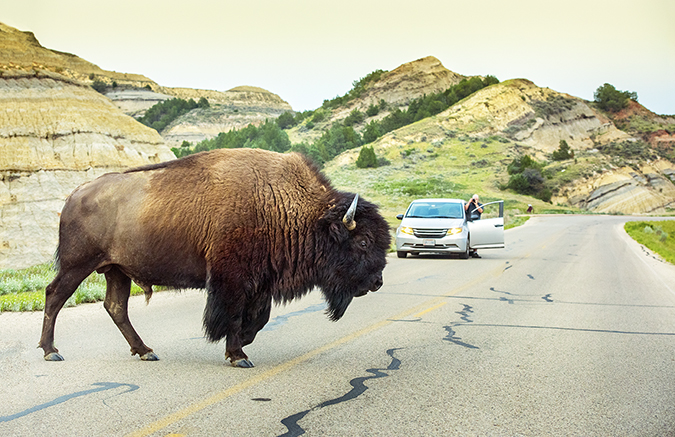
Scenic views and sweeping vistas and unique opportunities for wildlife viewing. Points of interest include: River Bend Overlook and CCC shelter, Oxbow Overlook, Cannonball Concretions Pullout, Caprock Coulee Nature Trail, and Achenbach Trail.
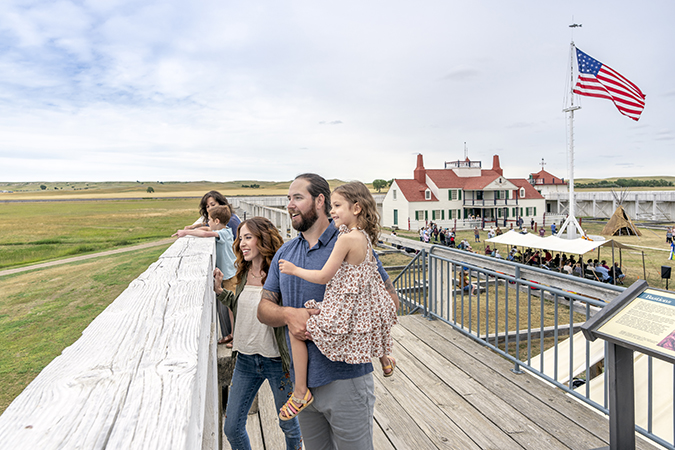
Between 1828 and 1867, Fort Union was the most important fur trade post on the Upper Missouri River where the Assiniboine and six other Northern Plains Tribes exchanged buffalo robes and smaller furs for goods from around the world.
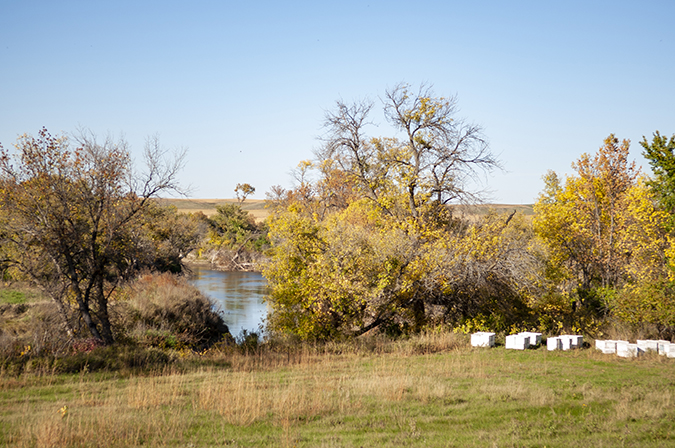
South of Jamestown, starting in Adrian, this scenic backway highlights the beautiful James River Valley. When travelers descend to the valley, they can see the panorama of a winding river surrounded by tall grass prairie and wildflowers.
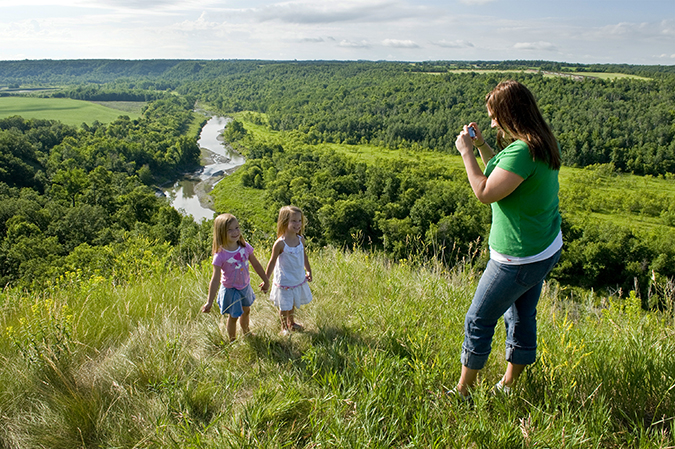
This backway located in northeast North Dakota is a special place steeped in history, with natural resources, recreation, scenic beauty and culture. Winding along the bends of the Pembina River you can enjoy the panorama views of the Pembina Gorge.
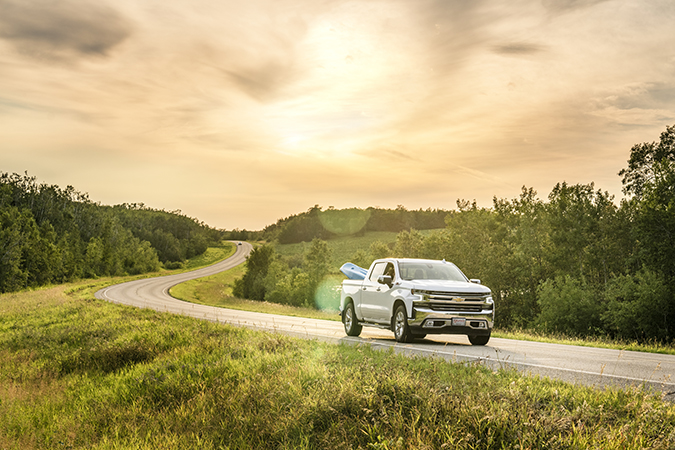
The byway begins its upward accent winding through the calm serene beauty of the Turtle Mountains passing farmsteads, pasture land, recreational areas, beautiful blue lakes, tree covered wildlife areas and then descends into the foothills with a spectacular view of the prairie.
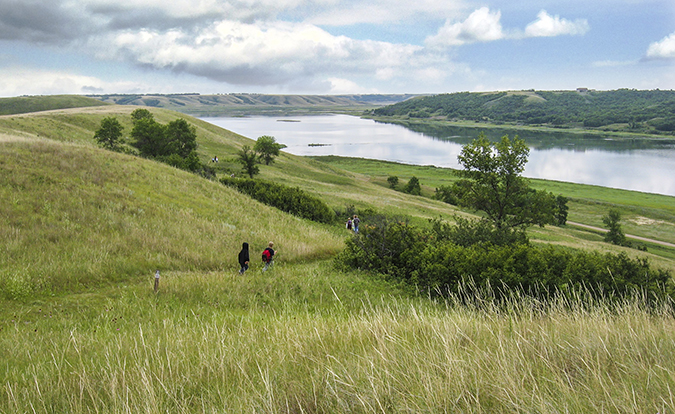
As its name suggests, the 13-mile Des Lacs National Wildlife Refuge Scenic Backway offers ample opportunities for spotting a variety of wildlife, from deer and moose to more than 250 species of birds like raptors and waterfowl.
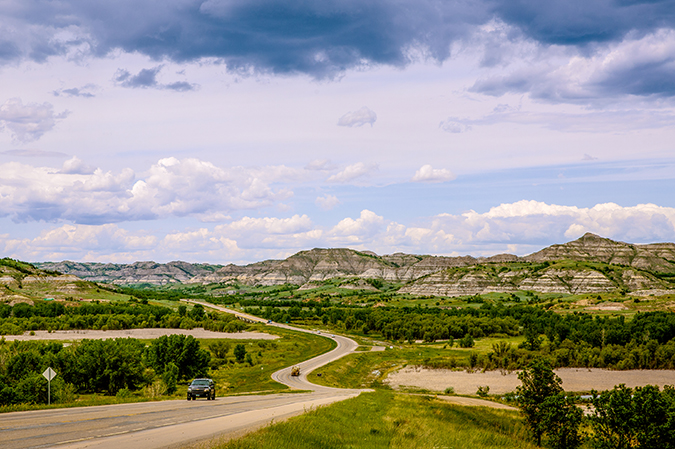
From the Killdeer Mountains to the deeply entrenched Little Missouri River Breaks and Badlands, this 64-mile byway provides a unique and enchanting landscape in one of the most scenic areas of western North Dakota.
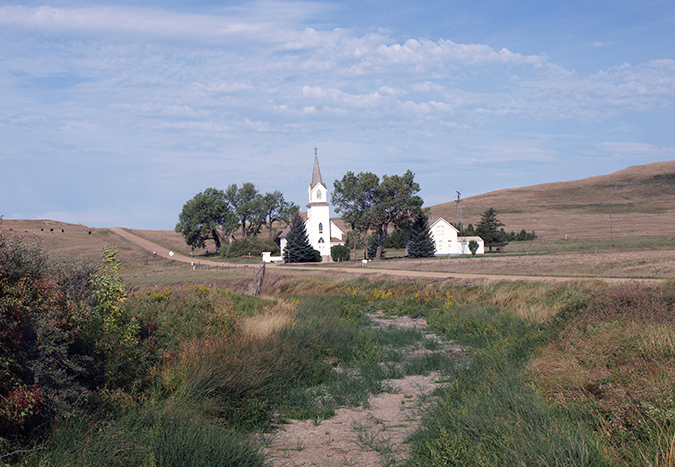
An alternative to I-94 between Mandan and Dickinson, this route offers a leisurely drive through lovely, rural countryside and leads through Almont, New Salem, Glen Ullin, Hebron, Richardton and the Schnell Recreation Area, a 2,000-acre nature preserve.
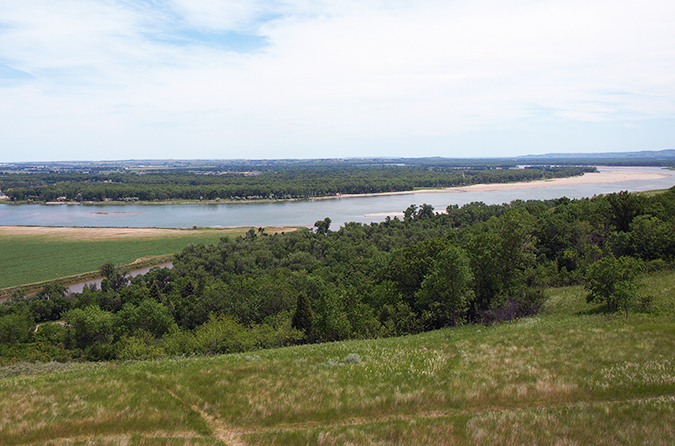
Visitors are welcome to travel the Standing Rock National Native American Scenic Byway. Grand vistas present the Missouri River along the same routes traveled by Lewis and Clark, Sakakawea and Sitting Bull. View buffalo herds and eagles' nests.
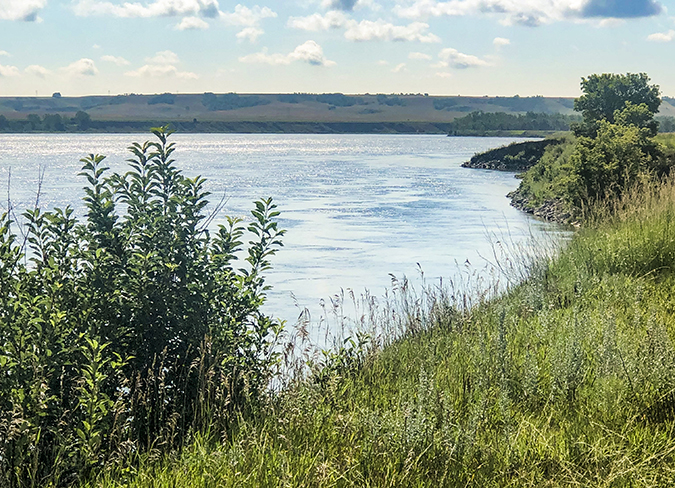
This byway highlights fantastic views of the Missouri River Valley along with some of the state's most outstanding Lewis and Clark destinations. Visitors are able to follow the course of this great journey and discover history and culture.
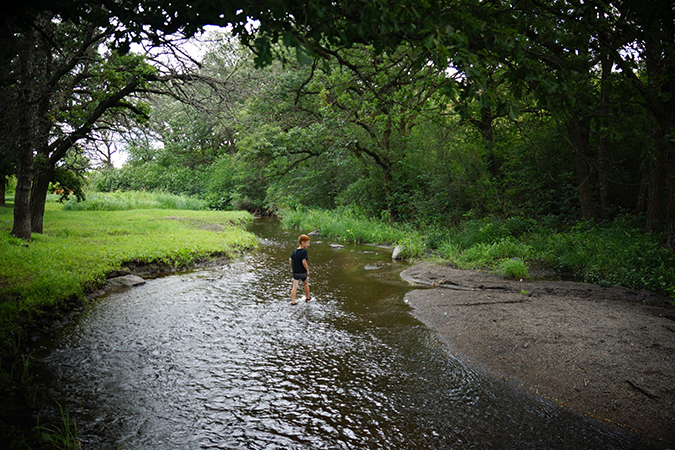
Nature and scenery at its best, archaeology, history, culture, and recreation can be found along this byway. Tree-lined, rolling hills are dotted by quaint towns and farmsteads, lending to its Americana charm. This is ND's first nationally recognized scenic byway.
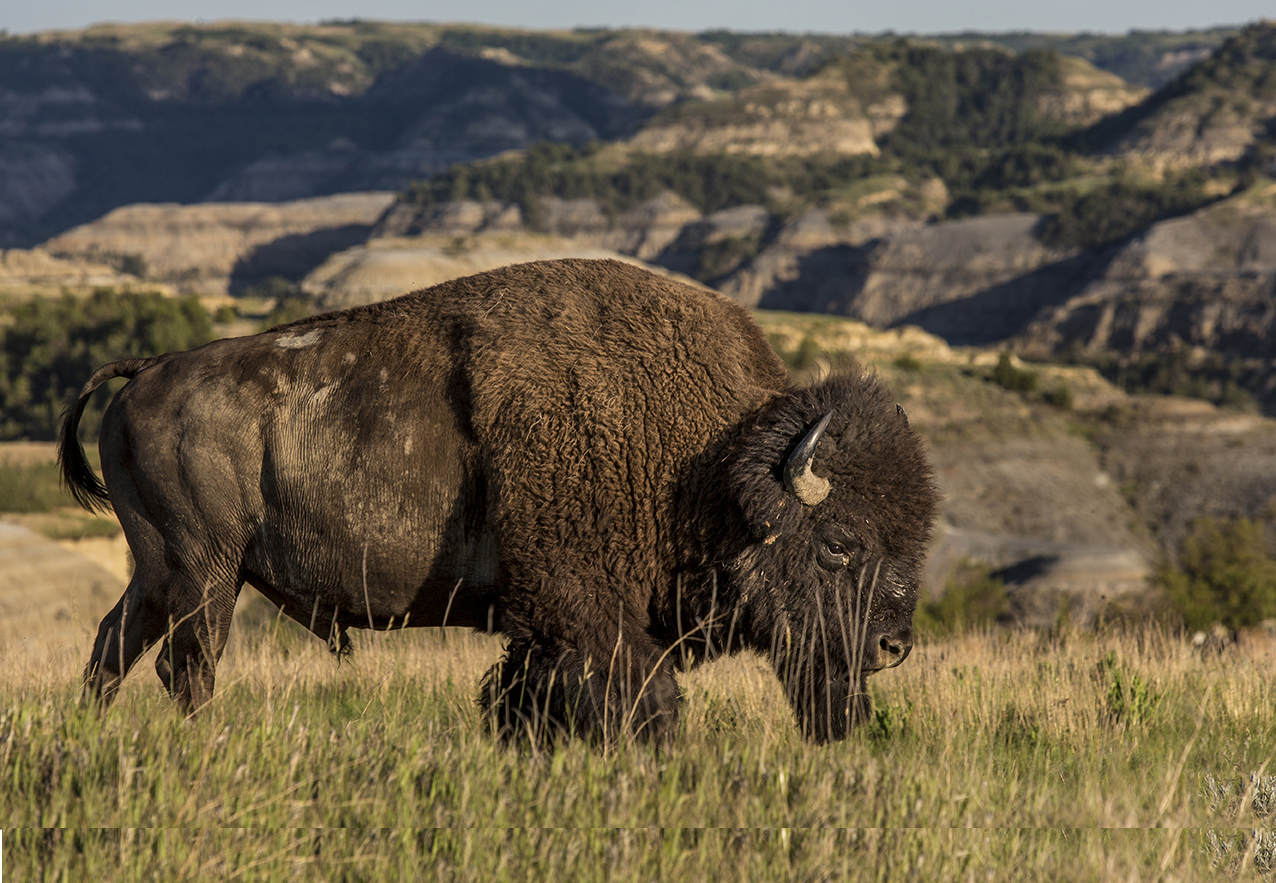
Enjoy lush meadows and breathtaking backdrops of brilliantly colored rock formations set against wide-open blue skies. Spot wildlife such as bison, prairie dogs, bighorn sheep, coyotes and even an occasional moose.
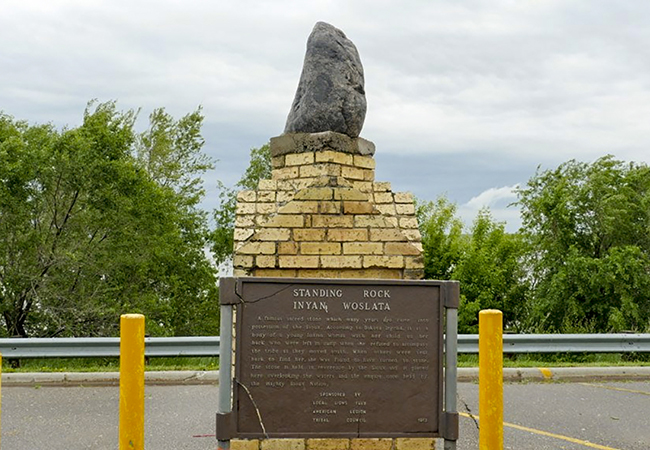
The Standing Rock Nation is part of the Lakota/Dakota/Nakota nation that once controlled a vast area from the James River in North and South Dakota to the Big Horn Mountains of Wyoming. North Dakota communities on the tribal lands are Cannon Ball, Fort Yates, Porcupine, Solen and Selfridge.
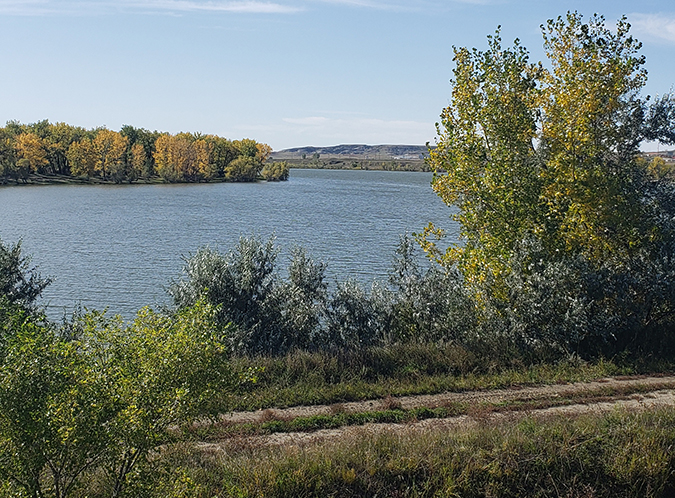
In the 1800s, members of the Chippewa tribe expanded their hunting areas westward from the Turtle Mountains into the area of present-day Trenton. In 1975, the Trenton Indian Services Area was established in order for members to maintain their identity with the Turtle Mountain Chippewa tribe.
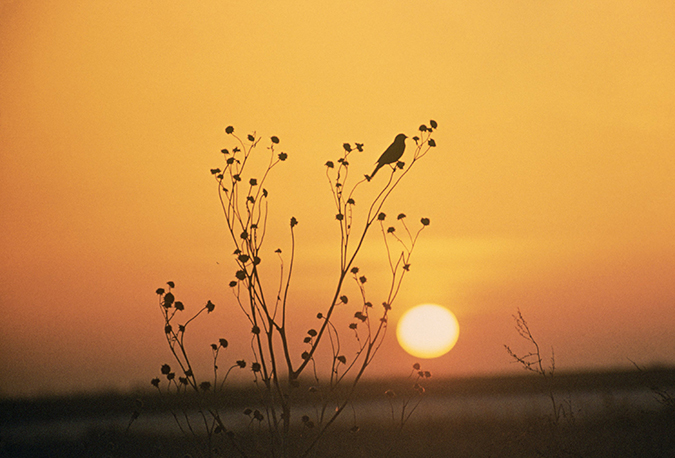
The Sisseton-Wahpeton Band is a subdivision of the eastern or Dakota Native Americans. Within the three major divisions of the Dakota/Lakota/Nakota Nation, there are seven major bands, which are referred to as the Seven Council Fires.
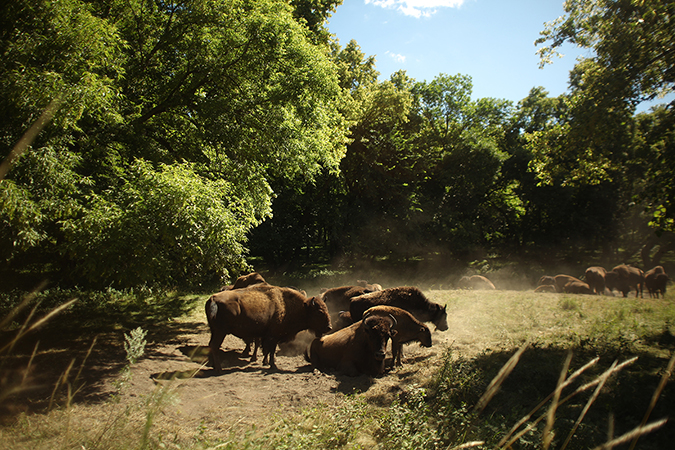
This is one nation with different language dialects but only slightly differing cultures. The tribe migrated to the Great Plains from near Lake Superior and by the early 1800s dominated the northern plains. In 1867, a treaty established about 245,000 acres for the Fort Totten Reservation in Benson, Nelson, Eddy and Ramsey counties.
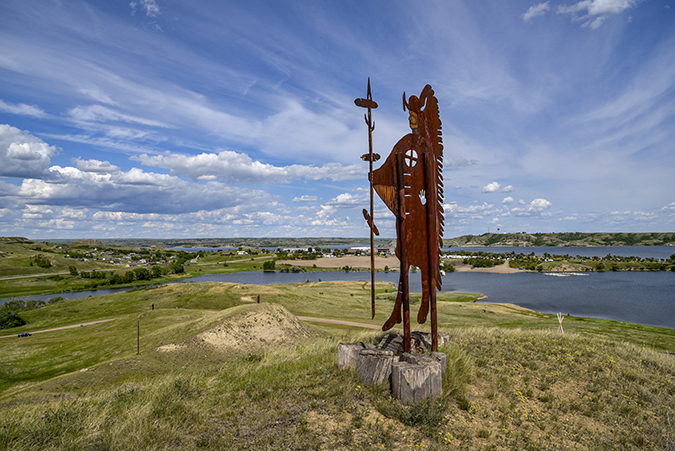
The Fort Berthold Reservation straddles the north and south shores of Lake Sakakawea, named after the Native American woman who accompanied the Lewis & Clark Expedition.
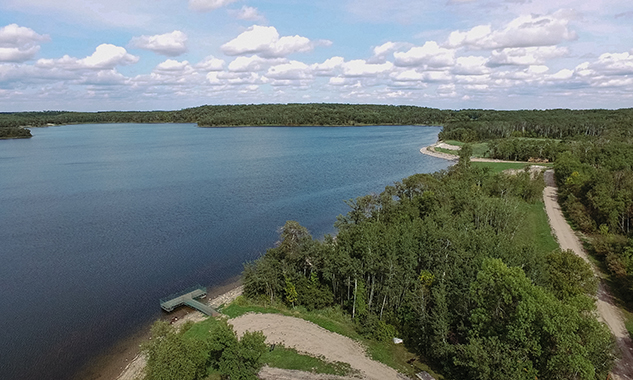
The Turtle Mountain Reservation is in Rolette County in the wooded, rolling hills of north-central North Dakota. The ancestors of the Turtle Mountain Band of Chippewa migrated from the Great Lakes in the late 1400s. The Chippewa developed lasting relationships with the Cree and French.
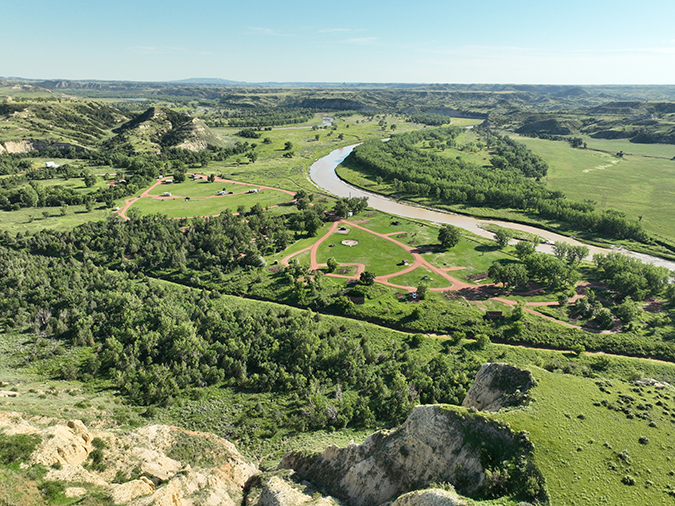
Located in the heart of the North Dakota Badlands, Sully Creek is minutes away from the historic town of Medora and Theodore Roosevelt National Park and easy access to the 120-mile long Maah Daah Hey Trail.
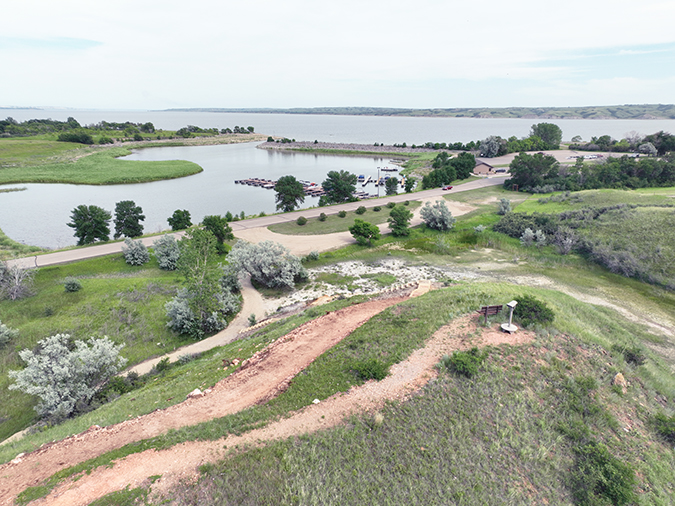
Situated on one of the upper bays of Lake Sakakawea, the rugged buttes of the North Dakota Badlands display a towering backdrop to one of the state's best recreation areas. The park is named for the Corps of Discovery explorers, Meriwether Lewis and William Clark.
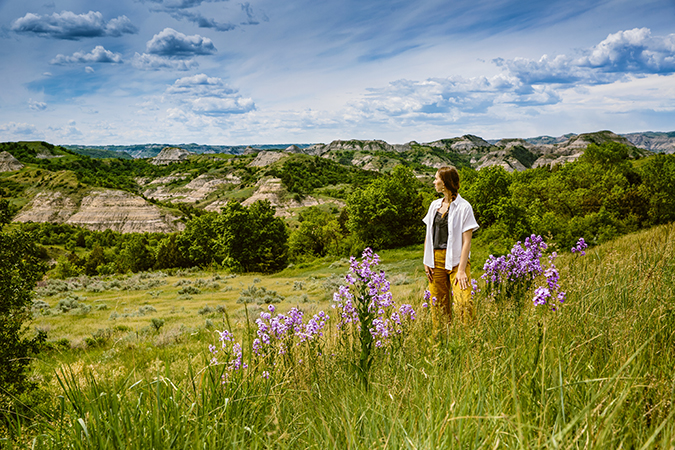
Little Missouri State Park contains rugged, picturesque Badlands terrain in North Dakota. Most of the park is accessible only by horseback or hiking. Numerous wildlife species frequent the park, including mule deer, coyote, fox, bobcat and golden eagle.
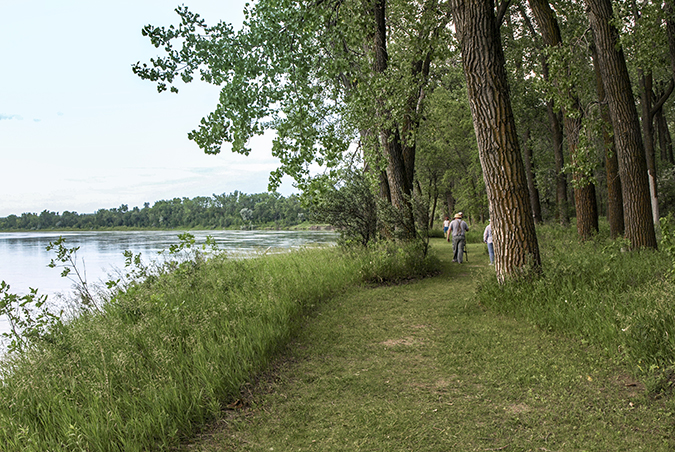
Cross Ranch State Park is located along some of the last free-flowing and undeveloped stretches of the Missouri River. A boat ramp and canoe and kayak rentals are available to explore this scenic segment of the river, while anglers will find walleye, trout, catfish, salmon, pike and bass in its waters.
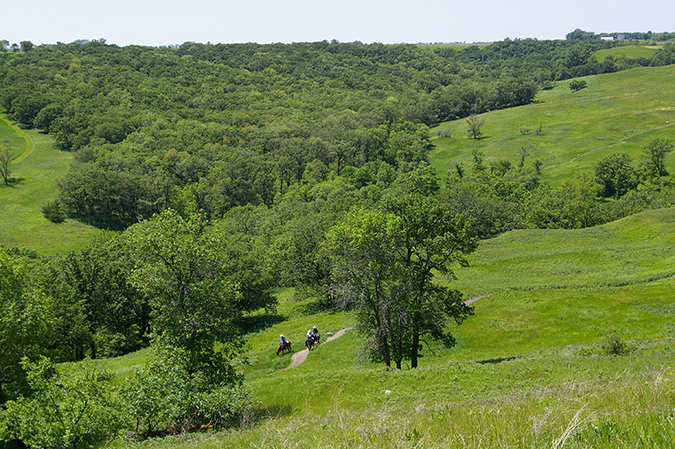
North Dakota's homesteading heritage is preserved at Fort Ransom State Park. The park, nestled in the picturesque and heavily wooded Sheyenne River Valley is a natural and scenic area located on the Sheyenne River Valley National Scenic Byway.
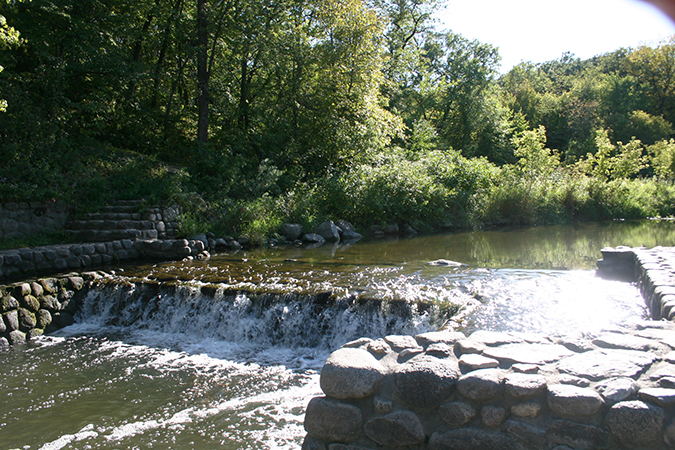
Constructed in the 1930s by the Civilian Conservation Corps, the park is located in a beautiful wooded valley along the meandering Turtle River. The park features year-round recreational activities, including camping, picnicking, hiking, mountain biking, cross-country skiing and sledding.
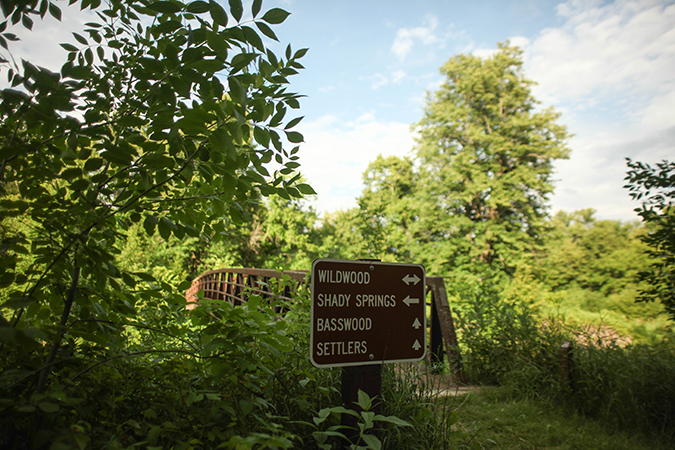
Located on the north shore of Lake Renwick, Icelandic State Park offers visitors not only a wide array of recreational opportunities, but also glimpses of North Dakota's homesteading heritage and its natural beauty.
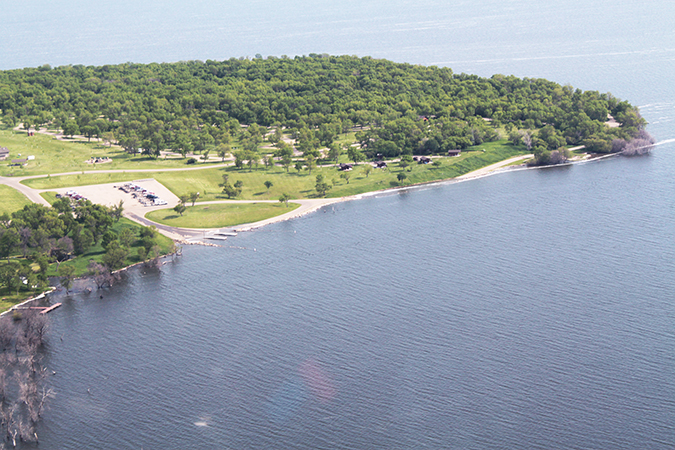
Grahams Island State Park offers camping and picnicking facilities, a boat ramp, bait shop and fuel facility. The park hosts numerous national and regional fishing tournaments during the year, as Devils Lake offers some of the best fishing in the Midwest.
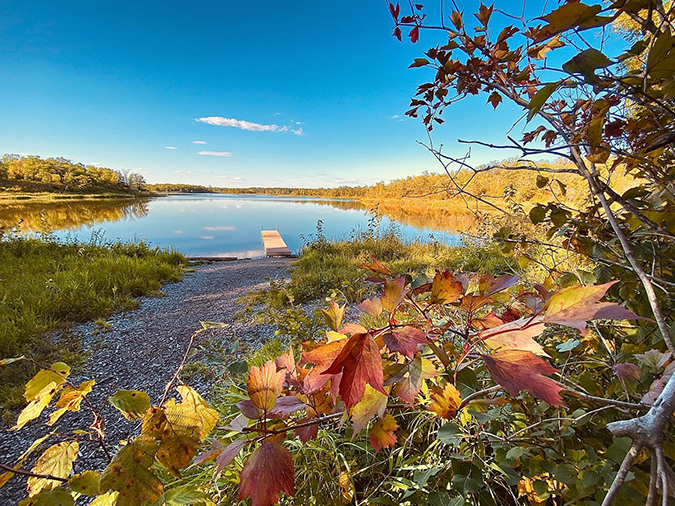
The rolling hills, aspen forests and small lakes attract nature and photography lovers to the area. The lake is noted for its northern pike, walleye and perch. Enjoy hiking the The Old Oak Trail, a National Recreation Trail. The park has both modern and primitive camping and more.
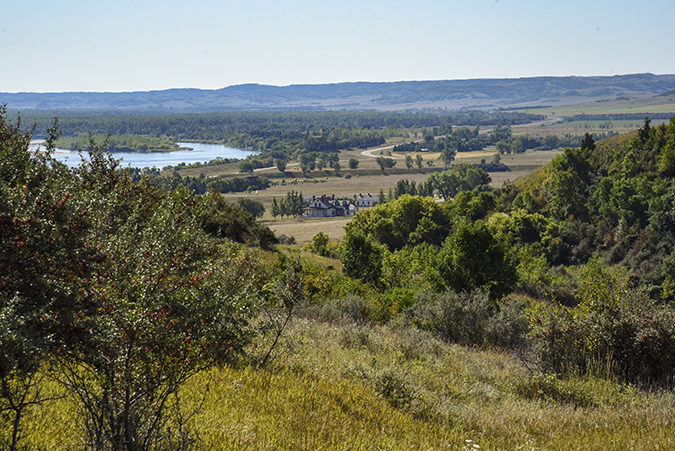
General George Custer's last home is reconstructed, as are the central barracks, granary, commissary and a stable. Tours take visitors back to 1875, the year before the 7th Cavalry rode to the Little Bighorn. Museum and tour of On-A-Slant Indian Village's five reconstructed earthlodges.
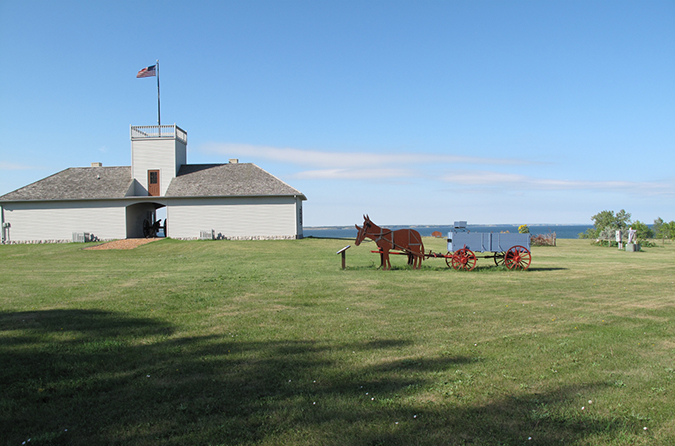
Fort Stevenson State Park was named in honor of Brigadier General Thomas Greeley Stevenson, a Union officer who was killed on May 10, 1864, during the Battle of Spotsylvania (PA). The original site of the fort, now underwater, was located on the north bank of the Missouri River about two miles southwest of the present park site.
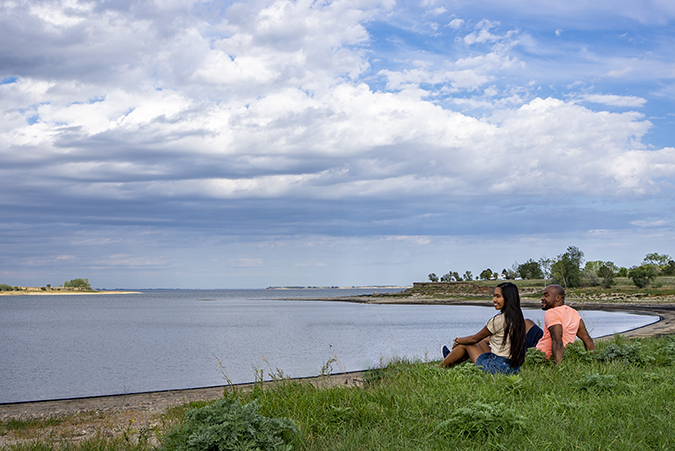
Lake Sakakawea flows 180 miles through central and western North Dakota and is a wonderland for anglers, boaters, campers and swimmers who take advantage of its immense size year-round. With more shoreline than the California Pacific coast and easy access points, there is something here for every outdoor enthusiast.
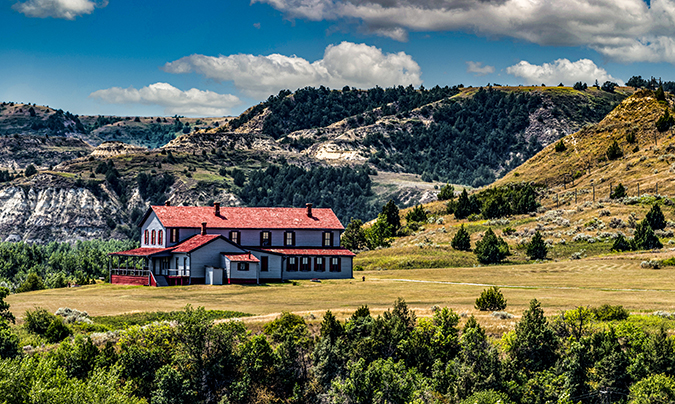
This 26-room, two-story frame building was built in 1883 as the summer residence of the Marquis's family. The Chateau is now a historic house museum and contains many of the original furnishings and personal effects of the de Mores family.
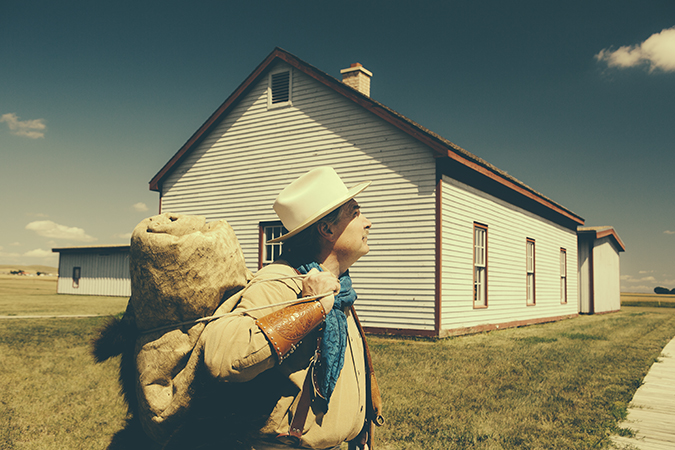
This site preserves remnants of a vital frontier plains military post established in 1866 to protect overland and river routes and is located near the confluence of the Missouri and Yellowstone rivers southwest of present-day Williston. It served 29 years as a major supply depot for military field operations.
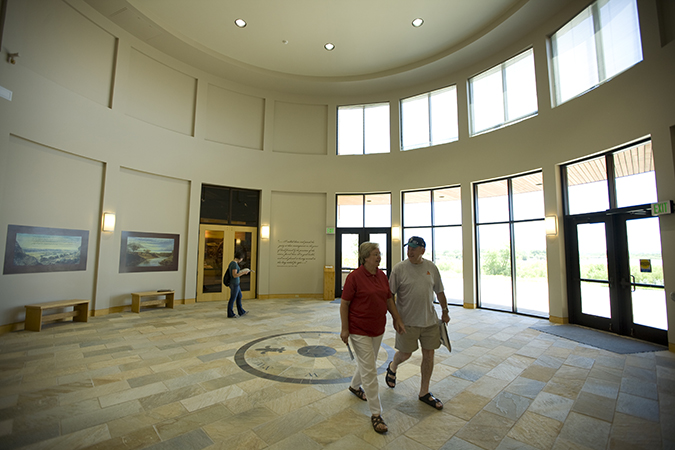
Located one-half mile east of Fort Buford State Historic Site, this Interpretive Center tells the story of the confluence of these two mighty rivers.
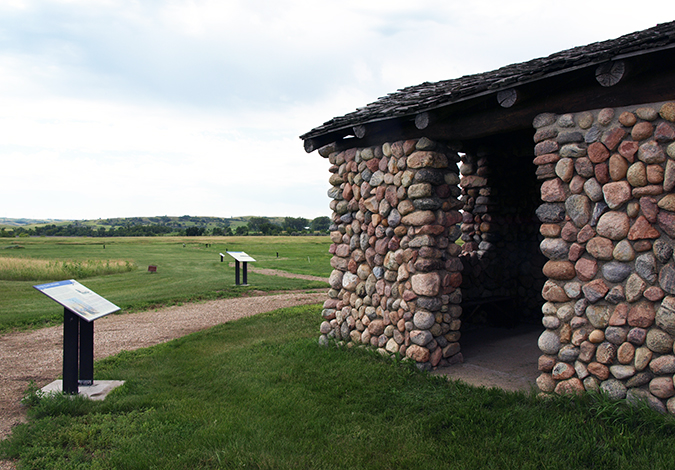
An important archeological site because of its well-preserved records. More than 150 years ago, it was the scene of devastating smallpox and cholera epidemics that decimated most of the inhabitants of a Mandan and later an Arikara Indian village. The archaeological remains of the large earthlodge village, cemetery, and two fur trade posts.
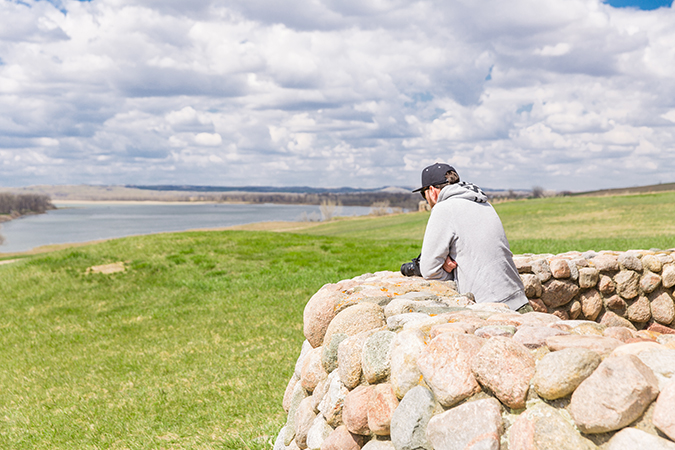
Site contains ruins of the Mandan Native American earthlodge village believed to have been inhabited for nearly 300 years until 1781. The remains of earthlodges, refuse mounds and the surrounding fortification ditches are clearly discernible. Interpretive signs highlight important features around the site.
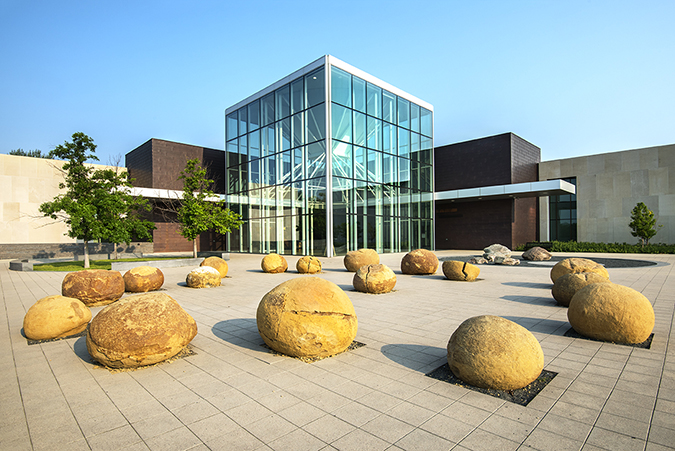
This 97,000-square-foot facility tells the history of North Dakota. Galleries take guests through the state's history from present day all the way back to the Ice Age. Enjoy performances in the digital Great Plains Theater, browse the gift store and enjoy lunch at the cafe.
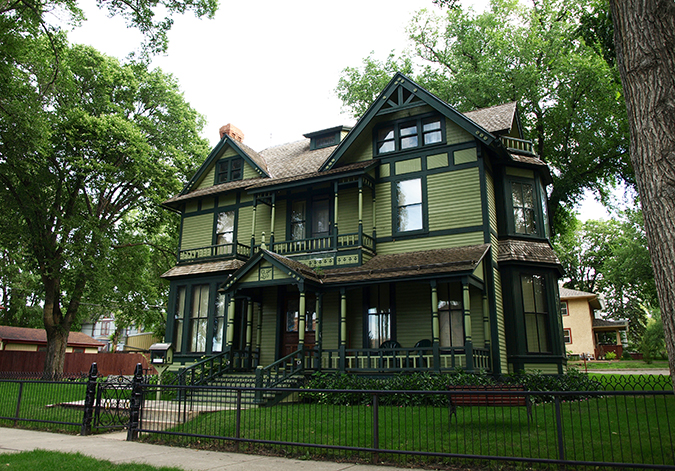
Located at 320 E. Ave. B in Bismarck, the site consists of a large two and one-half story, restored Victorian house and a carriage house. Constructed in 1884, it housed 20 chief executives between 1893 and 1960. Unique room exhibits feature the restoration process, architectural style changes, and furniture used by several governors.
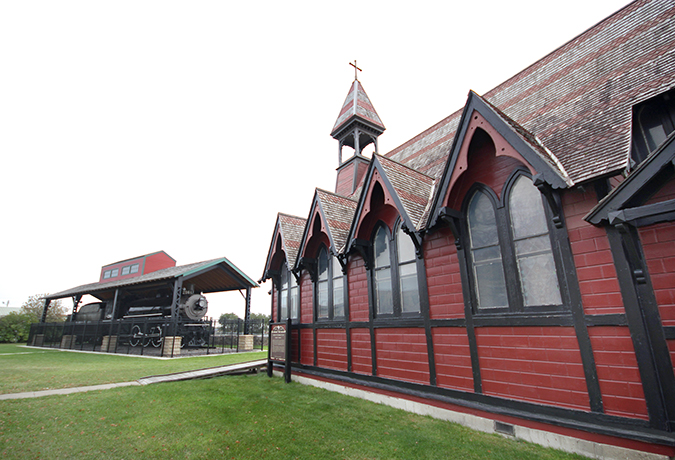
This site preserves part of a military installation established as Camp Greeley in 1872 to provide protection for workers then building the Northern Pacific Railroad. The camp's name was changed to Camp Hancock in 1873.
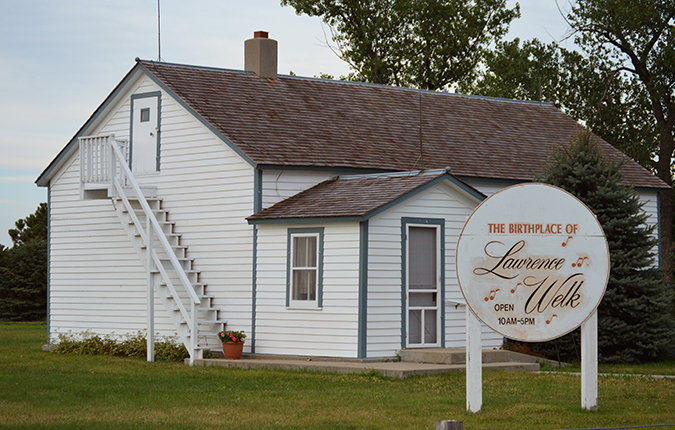
The Welk Homestead, located northwest of Strasburg, interprets agriculture in the early 20th century, German-Russian culture and architecture, and the career of bandleader Lawrence Welk, who grew up on the farm.
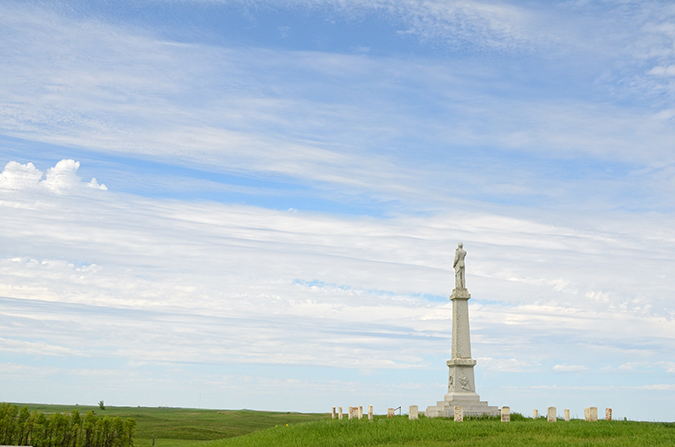
The site is a place of remembrance for the 100 to 300 people who were killed here in early September, 1863. Today the site features a 1909 monument to the US soldiers, and a 1941 monument to the Native people who died, 14 interpretive panels and fieldstone shelter.
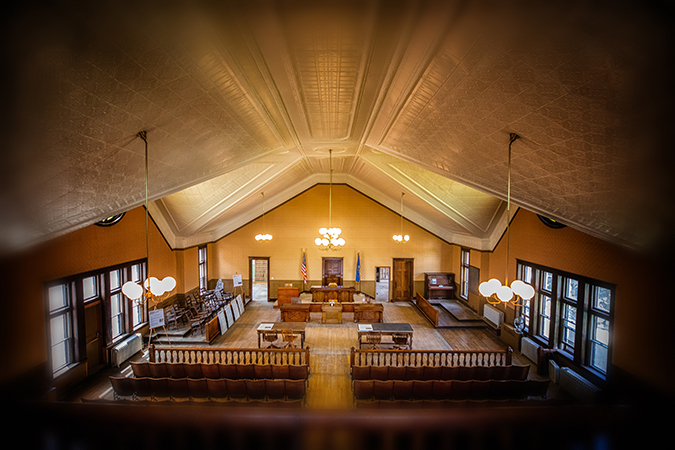
Built in 1883, it is North Dakota's oldest surviving courthouse and is listed on the National Register of Historic Places. It is significant for its architectural style - one of only two county courthouses in the state in the Gothic Revival Style, and for its pressed metal interior walls of the building.
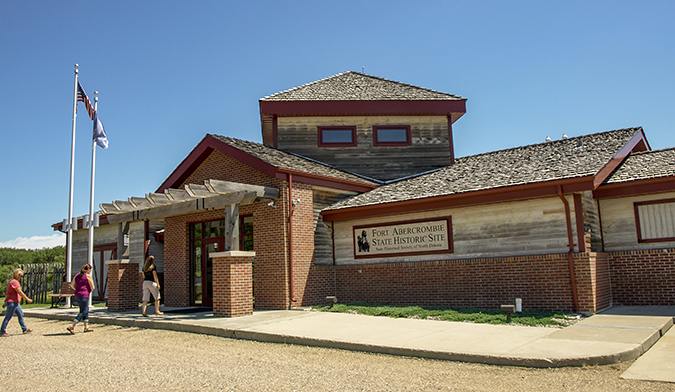
Known historically as "the Gateway to the Dakotas," Fort Abercrombie was the first permanent U.S. military fort established in what was to become North Dakota. The fort guarded the oxcart trails of the later fur trade era, military supply wagon trains, stagecoach routes, and steamboat traffic on the Red River.
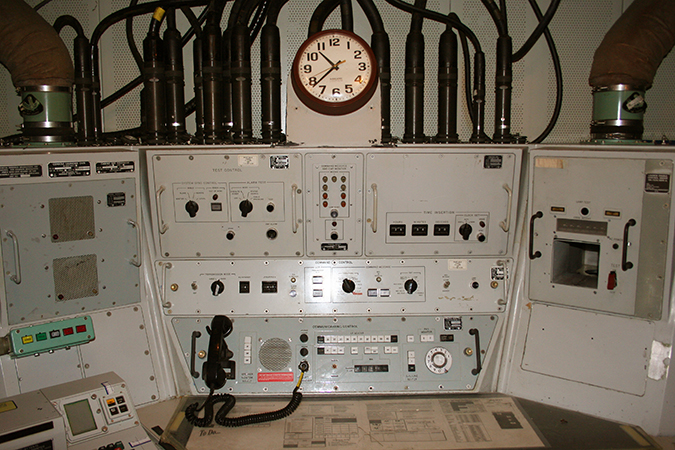
This site actually consists of two sites telling the story of the Cold War years, they are the Oscar-Zero Missile Alert Facility and the November-33 Launch Facility. They are the last remnants of the 321st Missile Wing, a cluster of intercontinental ballistic missile launch sites.
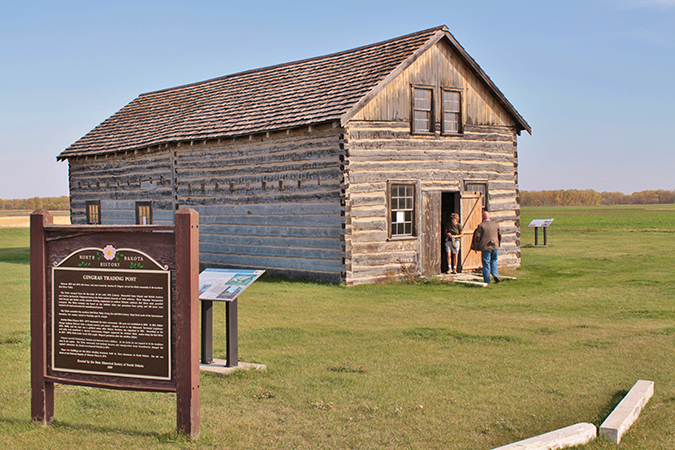
This site preserves the 1840s home and trading post of Métis legislator and businessman Antoine Blanc Gingras, northeast of Walhalla in Pembina County.
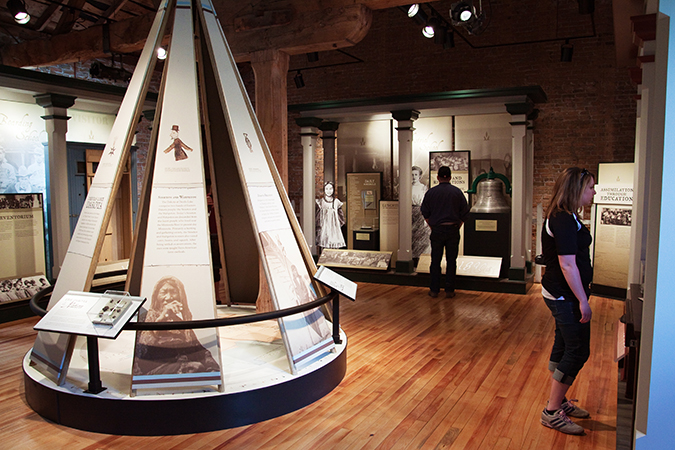
This site preserves a military post built in 1867 and used continuously as a military location until 1890 when it became a school for Native American children. The brick buildings, which replaced an earlier log fort, appear much as they did when built and the original buildings are being used to house museum exhibits.
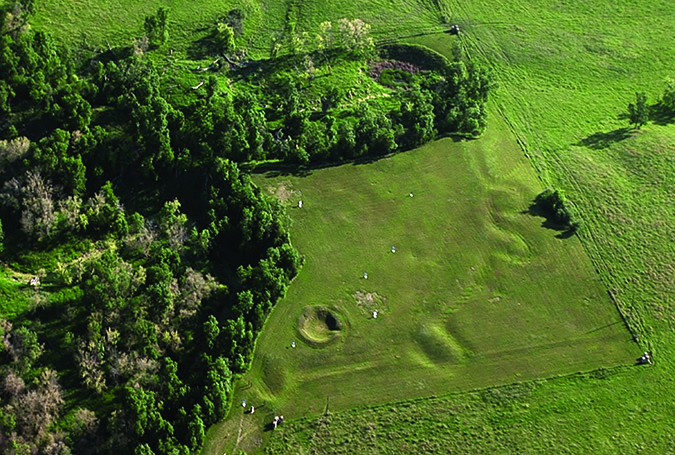
This village was established about 800 years ago on a quiet wooded spot beside Apple Creek and was built just as farming first began to arrive in this region. This Agricultural Revolution brought changes as great as the later Industrial Revolution, and archaeologists continue to look for clues to how these changes affected the villagers at Menoken.
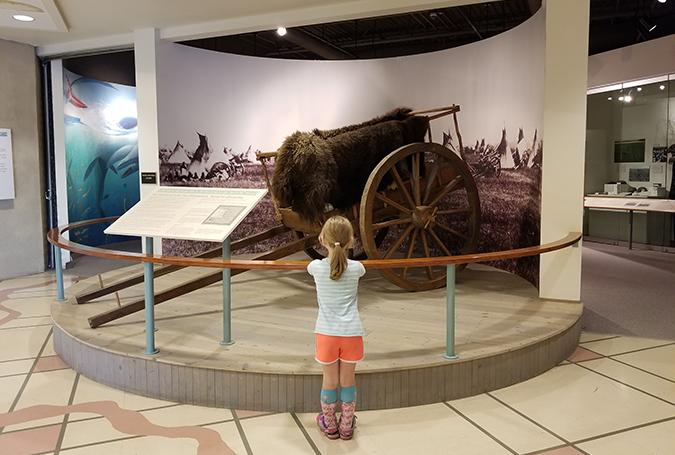
After the ocean drained and the glaciers left, people came to find a rich landscape in the Red River Valley. Bison hunters, fur traders, and farmers have all made this land their home. Visit the Pembina State Museum to see 100 million years of history.
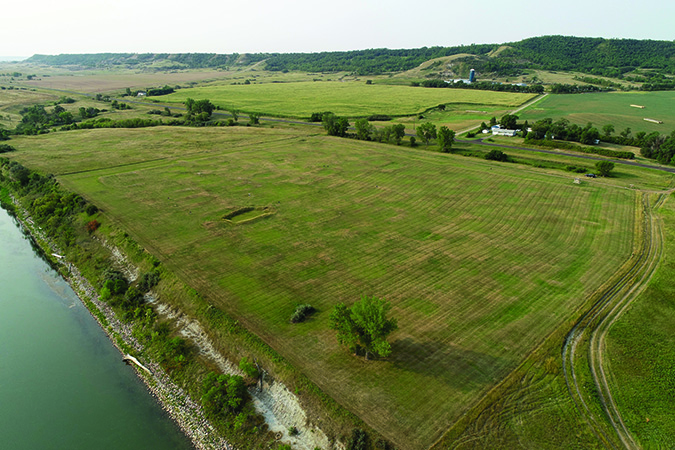
Listed on the National Register of Historic Places and as a National Historic Landmark, the site preserves a large prehistoric village occupied by the Mandan Native Americans around 1450. Self-guided interpretive walk.
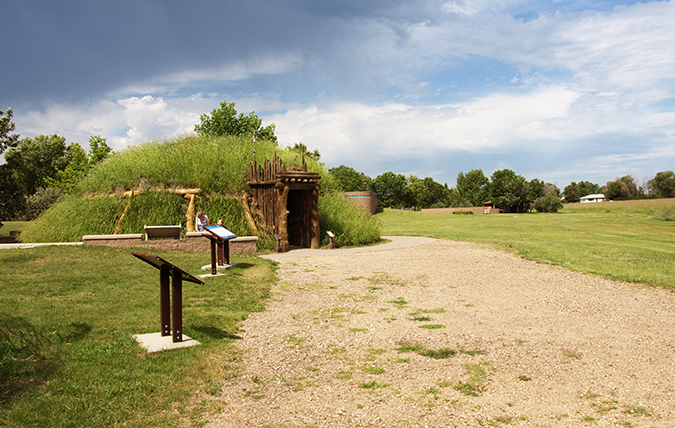
Native Americans occupied this area for more than 11,000 years. Remains of three Hidatsa villages with 210 depressions at the national historic site. Home of Sakakawea, a modern museum, and a visitor center.
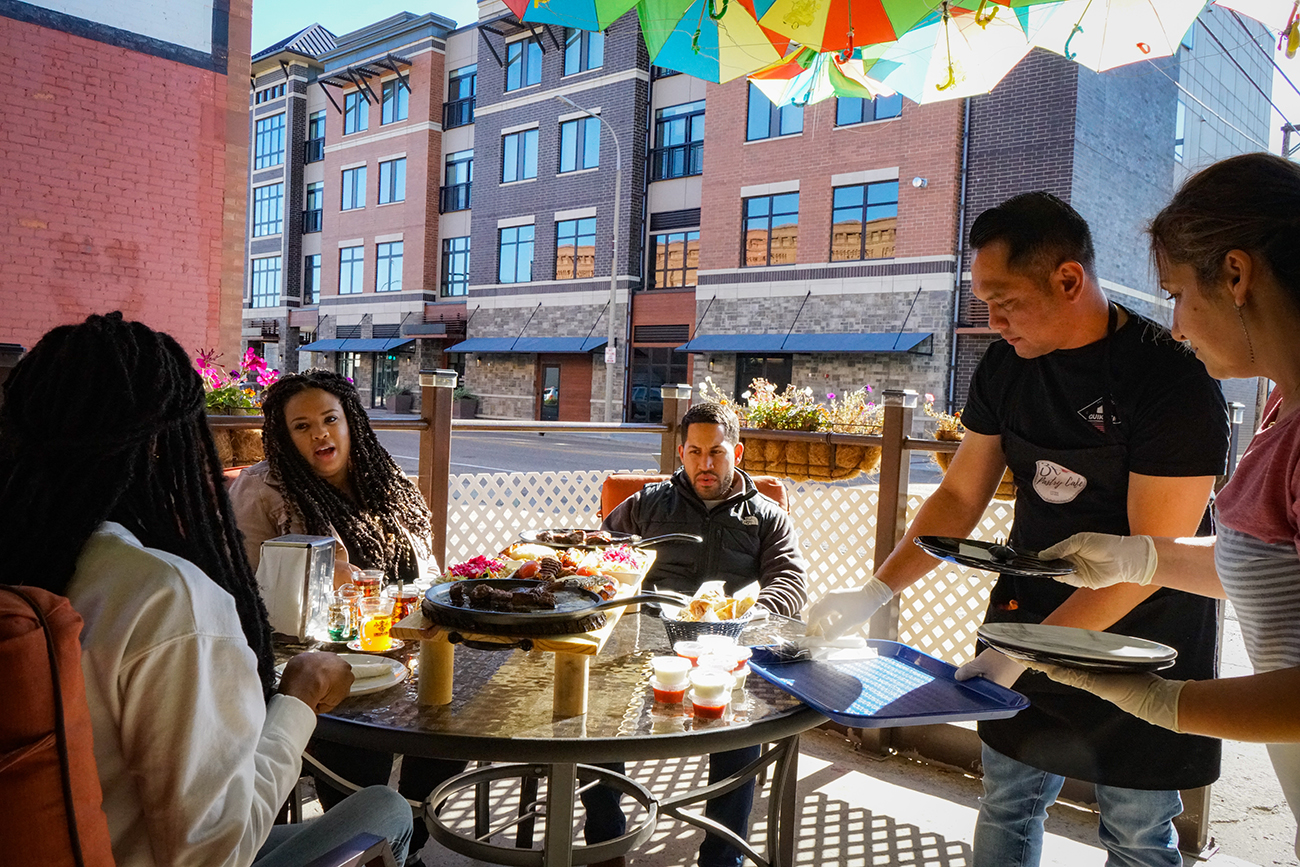
The city most commonly associated with the Bakken oil boom is bustling with things to see and do in the city and nearby areas including dining, shopping and local breweries. Try out the ARC, a hub for recreation enthusiasts, and enjoy attractions such as Missouri-Yellowstone Confluence Interpretive Center, Lake Sakakawea, and Fort Union and Fort Buford.

Long before Watford City became the epicenter of the state's energy boom, it was the center of activity between the North Unit of Theodore Roosevelt National Park and Williston. It's an area steeped in history, culture and scenic beauty, and today it is bustling with new things to see and do, family fun, shopping and dining.

Whether you get excited about fishing in the Red River, golfing a classic course spread out over two states, visiting the zoo or simply riding in circles on a carousel, Wahpeton has something for you.
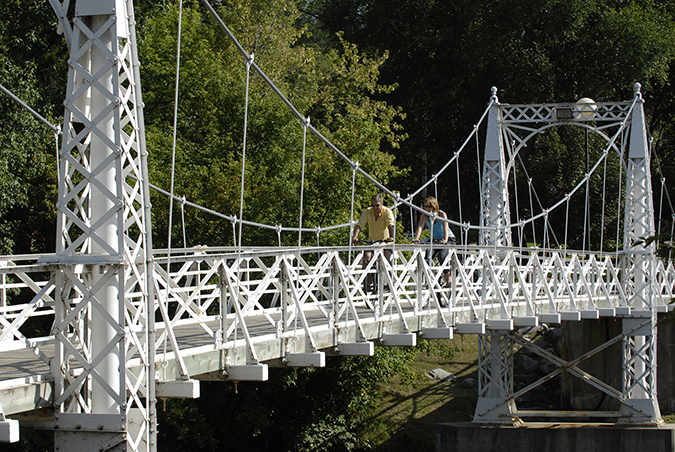
Begin your tour of Valley City at the Rosebud Visitor Center. You will learn the history of the Red River Valley through insightful exhibits that include an 1881 Superintendent’s railcar. Take in the City of Bridges Scenic Tour, Medicine Wheel Park, VCSU Planetarium, the North Country National Scenic Trail, golfing, dining, shopping and more.
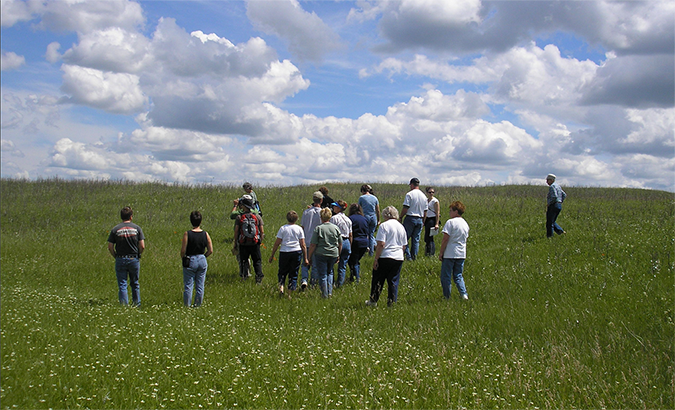
Find unique and fun flavors at Dakota Drug with the only surviving Whirl-A-Whip machine, used to mix various tasty morsels into its ice cream. Learn more about the history of the area, visit Flickertail Village, and over at the Sibyl Center enjoy a wide variety of art programs. Nature lovers can get their fill of birds and wildlife at the Lostwood National Wildlife Refuge.

Pembina is a small town situated on the border of the United States and Canada. It is a great place to visit for the adventurous tourist who wants to explore the area and experience a unique culture. It is home to Pembina State Museum, Frostfire Park, and some of the most beautiful scenery in the state with rolling hills, lush green forests, and lakes.
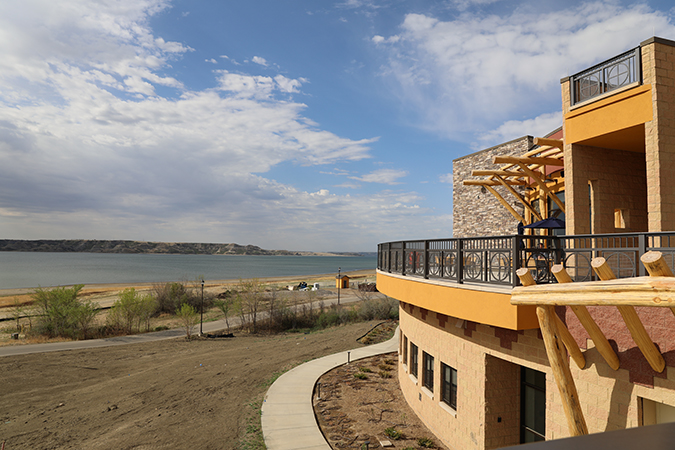
New Town is located at the heart of Lake Sakakawea, and this lakeside town is rich in Native American history - visit the MHA Interpretive Center, Three Affiliated Tribes Museum, the Four Bears Bridge, Crow Flies High Butte, 4 Bears Casino & Lodge and more.
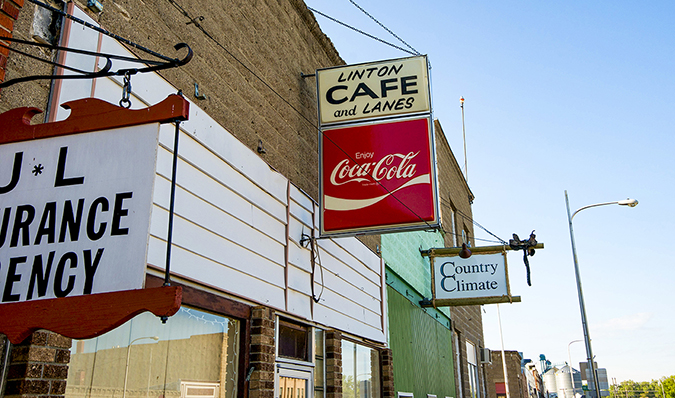
Small town hospitality with big city amenities! This clean, progressive community is a well known rural community. If you enjoy hunting, the area is nationally known for pheasant hunting and has an abundant deer population. Enjoy walking and biking trails, a fitness center, and a spacious pool, and many more area amenities.
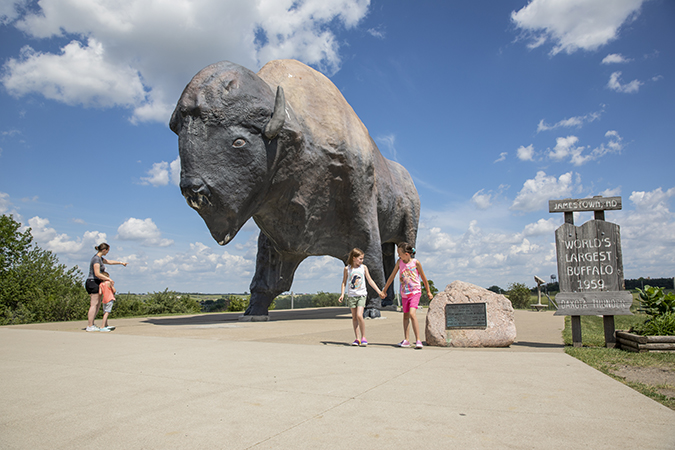
Jamestown has long been known for its buffalo, but there is a lot more to this eastern North Dakota city than the World’s Largest Buffalo and the National Buffalo Museum. Enjoy the Shan Sansan Scenic Backway, Sports Hall of Fame, activity center, arts center, unique lodging, breweries, wineries, art galleries, outdoor art, parks, trails, shopping, dining and more.
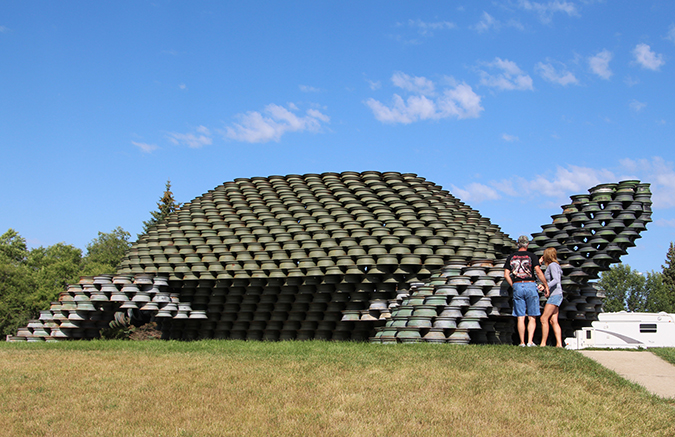
Dunseith has a post office that has been in operation since 1884. Visit the stunning International Peace Garden with 2,300 acres of nature’s beauty, freshwater lakes, scenic hiking and driving trails, wildflowers, and wildlife. Enjoy a round of golf, check out the massive W'eel Turtle sculpture, and relax in the nearby campgrounds.
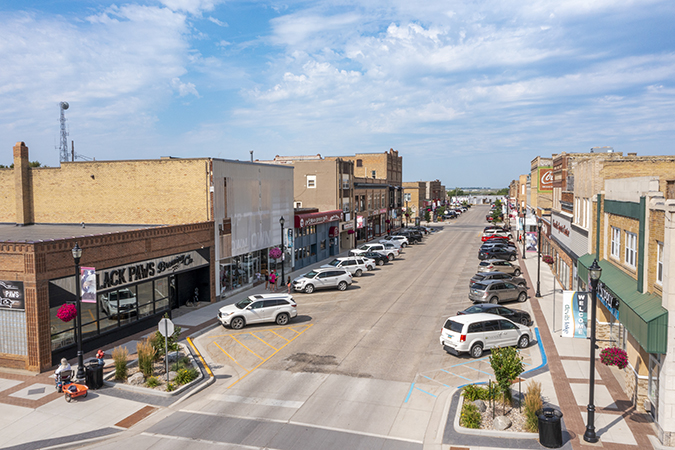
Devils Lake is known as one of the best fisheries in this part of the country. The city namesake, meanwhile, is equally alluring for its small-town charm and friendly people, making a trip to Devils Lake is exciting year-round. Window shop and browse unique stores downtown than grab a bite to eat at the many dining establishments.
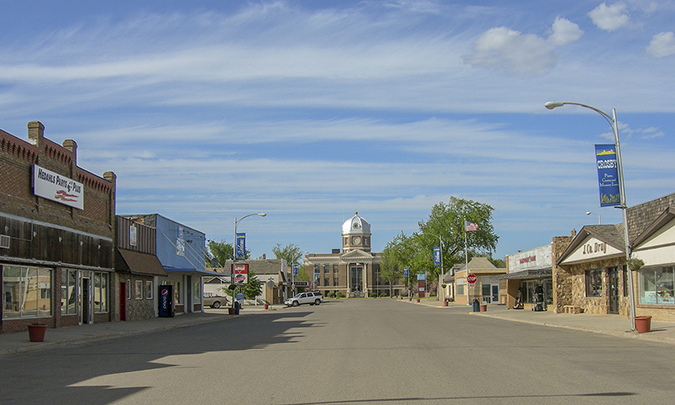
Crosby is a small city with a surprising number of things to see and do, making it a great destination for a getaway. Visit the Divide County Courthouse, a beautiful building is listed on the National Register of Historic Places and features ornate decorations, stained glass, and mosaic floors and more.
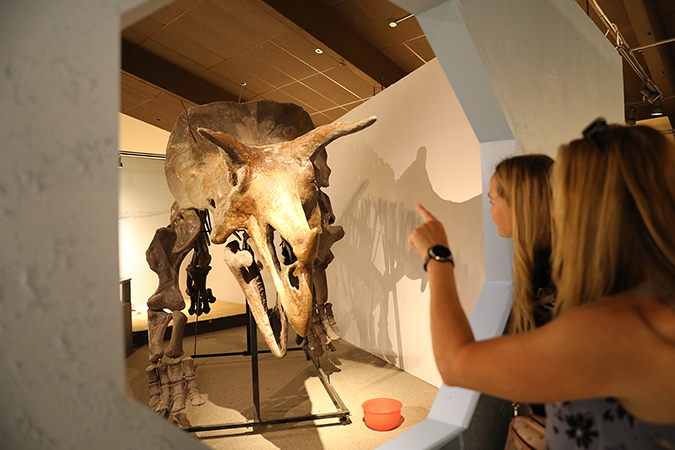
Depending on your direction of travel, Bowman, in southwest North Dakota, is the first or last town you will encounter in the state. Take some time to see and learn about nearby dinosaur finds and the town's past by visiting the Pioneer Trails Regional Museum. Enjoy fun eateries and shopping downtown.
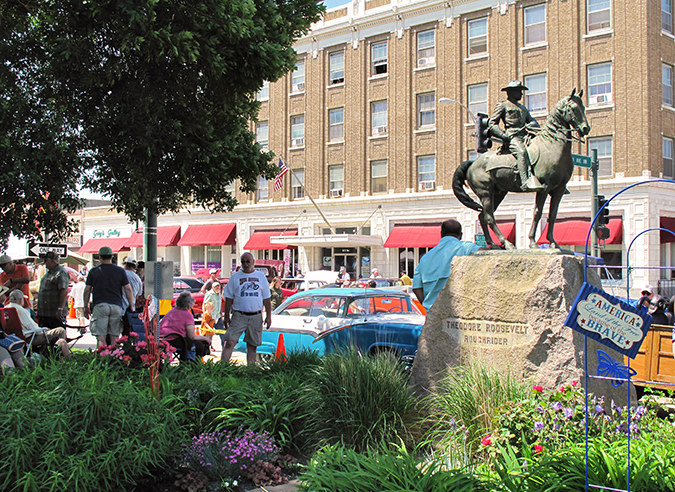
The Bismarck-Mandan area has welcomed visitors since Lewis and Clark paddled up the Missouri River in 1804. Mandan is home to State Railroad Museum, Dykshorn Park, Fort Lincoln trolley, Fort Abraham Lincoln State Park and the Custer House, along with breweries, raging rivers water park, shopping, dining, golfing and more.
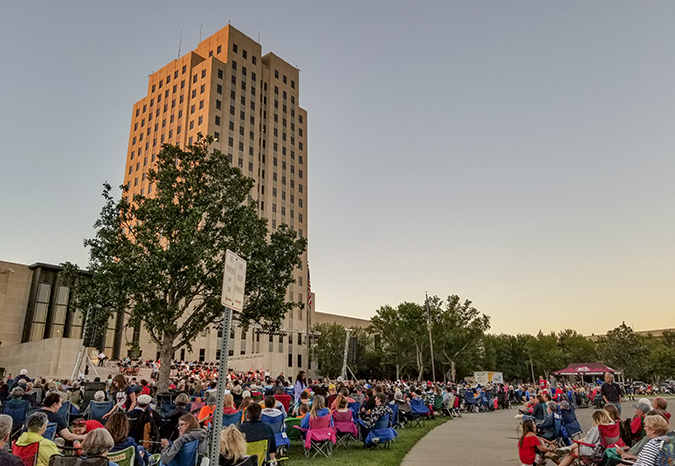
The Bismarck-Mandan area has welcomed visitors since Lewis and Clark paddled up the Missouri River in 1804. Enjoy downtown dining, breweries, shopping, and outdoor art. Cruise down the Missouri River on the Lewis & Clark riverboat. Walk the trails, visit the many parks, the Dakota Zoo, museums and more.
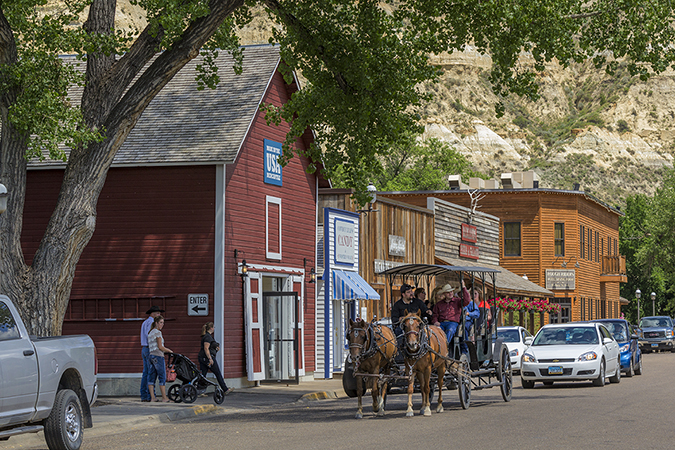
Medora is located in the Badlands of North Dakota and is the gateway to the south unit of Theodore Roosevelt National Park. Plan a vacation to this historic and western town and enjoy the beautiful scenery it has to offer. Visit the North Dakota Cowboy Hall of Fame, then enjoy some unique dining and shopping downtown, fun trails, and in the summer, the Medora Musical.
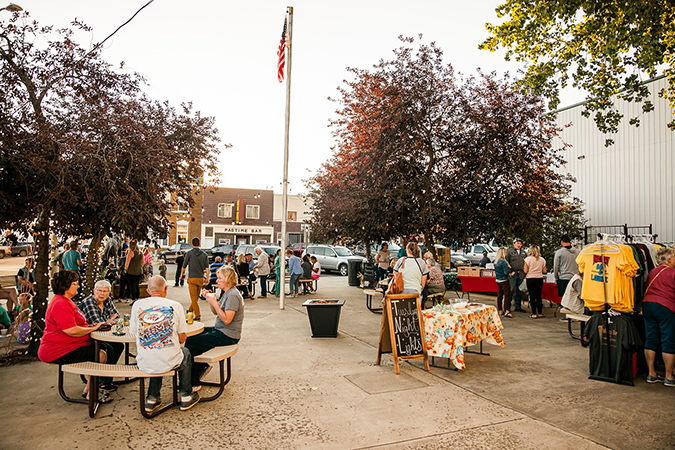
Hettinger is an ideal destination for those seeking an adventure off the beaten path. From its picturesque rolling hills to its vibrant history, Hettinger is a small town with plenty to explore. Visitors can take a stroll down Main street, soak up local culture at the Dakota Buttes Museum or spend an afternoon with nature at one of the town's numerous parks or nearby state parks.

Dickinson is considered the gateway to the Theodore Roosevelt National Park and many recreational opportunities. With fun-filled attractions and annual festivals, downtown comes alive with shopping, dining concerts and street fairs. History buffs will enjoy the Dickinson Museum Center, where life-sized dinosaurs and an array of fossils are on display.

Bottineau is a four-season playground located at the foot of the Turtle Mountains near the International Peace Garden. Bottineau is also a short ride from Lake Metigoshe, and the Bottineau Winter Park ski and snowboard area. This vibrant small community is home to Pride Dairy, the last small town creamery in the state, unique shopping, and more.

Best known as the “Magic City,” this vibrant city is full of attractions, including Roosevelt Park Zoo, Dakota Territory Air Museum, Magic City Discovery Center and the Scandinavian Heritage Park. Enjoy local cuisines blended with flavors from around the globe, including bakeries, pubs, fine dining and family style restaurants.

Outdoors enthusiasts will enjoy this small town in the heart of the Central Flyway with some of the best birding opportunities in the nation. In town visit the Putnam House on Main Street and the Foster County Museum for a look into the past. Carrington features a collection of unique retail offerings, including Creative Treasures, the Garden Gate and more.

The vibrant downtown offers unique lodging, eating establishments, breweries, theaters and entertainment venues and the metro area has several college and active art communities with several museums, including the Fargo Air Museum, Bonanzaville pioneer village, Plains Art Museum, Roger Maris Museum and the Children’s Museum at Yunker Farm.

Grand Forks is a vibrant, picturesque city situated on the banks of the Red River of the North. It is the third largest city in North Dakota and the proud home of the University of North Dakota. With its vibrant downtown area, excellent restaurants and shopping venues, ample attractions, and trails, Grand Forks is an ideal spot to enjoy year-round.

The Bismarck-Mandan area has welcomed visitors since Lewis and Clark paddled up the Missouri River in 1804. Enjoy downtown dining, breweries, shopping, and outdoor art. Cruise down the Missouri River on the Lewis & Clark riverboat. Walk the trails, visit the many parks, the Dakota Zoo, museums and more.

